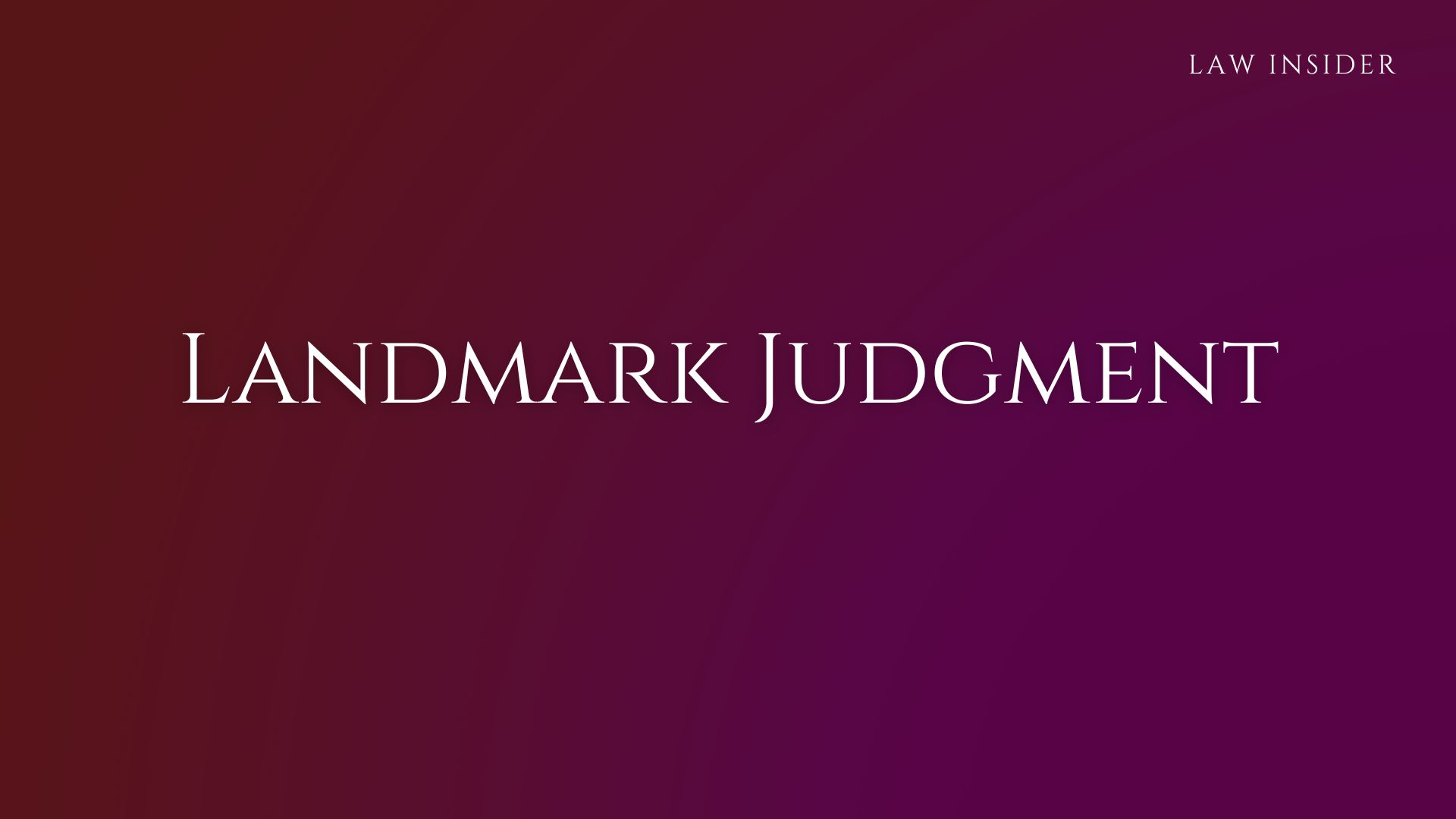Published on:19 July 2023 at 19:45 IST
Court: Supreme Court
Citation: Binny Ltd. V. Sadasivan (2005)
Honourable Supreme Court of India has held that Judicial review is designed to prevent the cases of abuse of power and neglect of duty by public authorities. It is held that High Court in exercise of powers under the provision of Article 226 of the Constitution of India can issue Writ of Mandamus against a private authority who is discharging a public function. If the private body is discharging a public function and the denial of any right is in connection with the public duty imposed on such body, the public law remedy can be enforced.
29. Thus, it can be seen that a writ of mandamus or the remedy under Article 226 is pre-eminently a public law remedy and is not generally available as a remedy against private wrongs. It is used for enforcement of various rights of the public or to compel the public/statutory authorities to discharge their duties and to act within their bounds. It may be used to do justice when there is wrongful exercise of power or a refusal to perform duties. This writ is admirably equipped to serve as a judicial control over administrative actions. This writ could also be issued against any private body or person, specially in view of the words used in Article 226 of the Constitution. However, the scope of mandamus is limited to enforcement of public duty.
The scope of mandamus is determined by the nature of the duty to be enforced, rather than the identity of the authority against whom it is sought. If the private body is discharging a public function and the denial of any right is in connection with the public duty imposed on such body, the public law remedy can be enforced. The duty cast on the public body may be either statutory or otherwise and the source of such power is immaterial, but, nevertheless, there must be the public law element in such action. Sometimes, it is difficult to distinguish between public law and private law remedies.
Drafted By Abhijit Mishra

